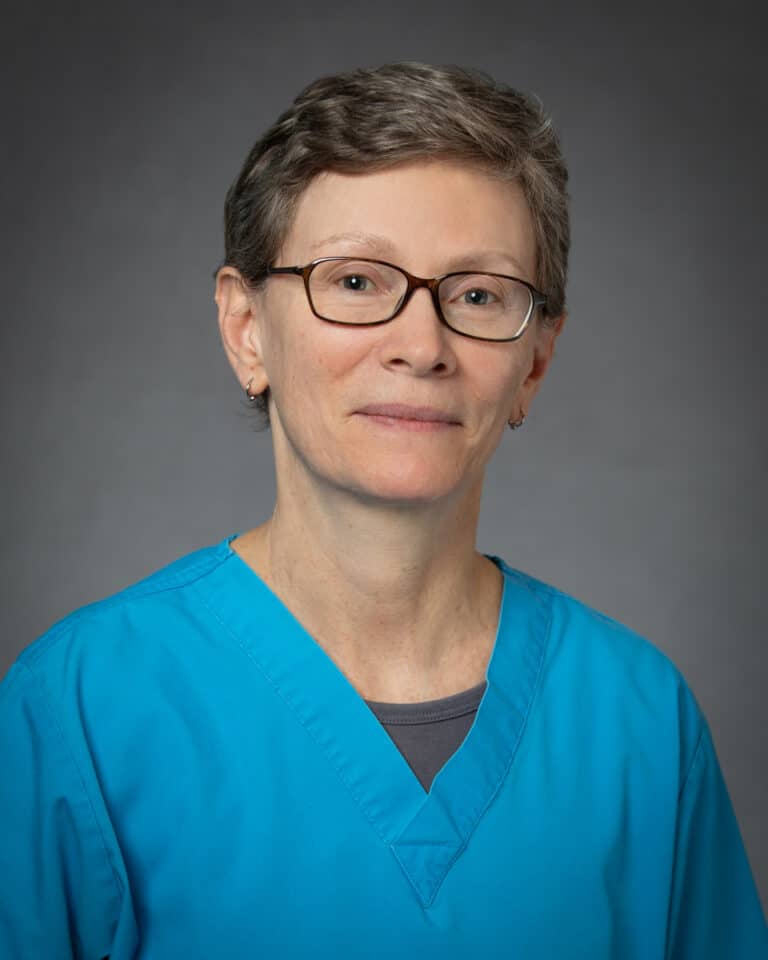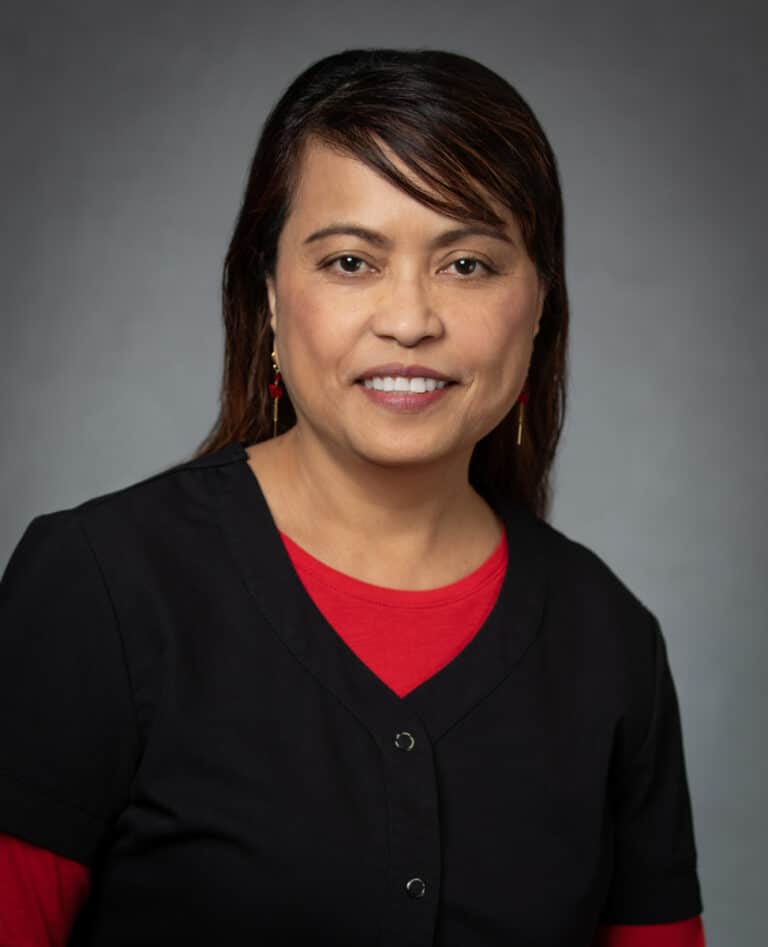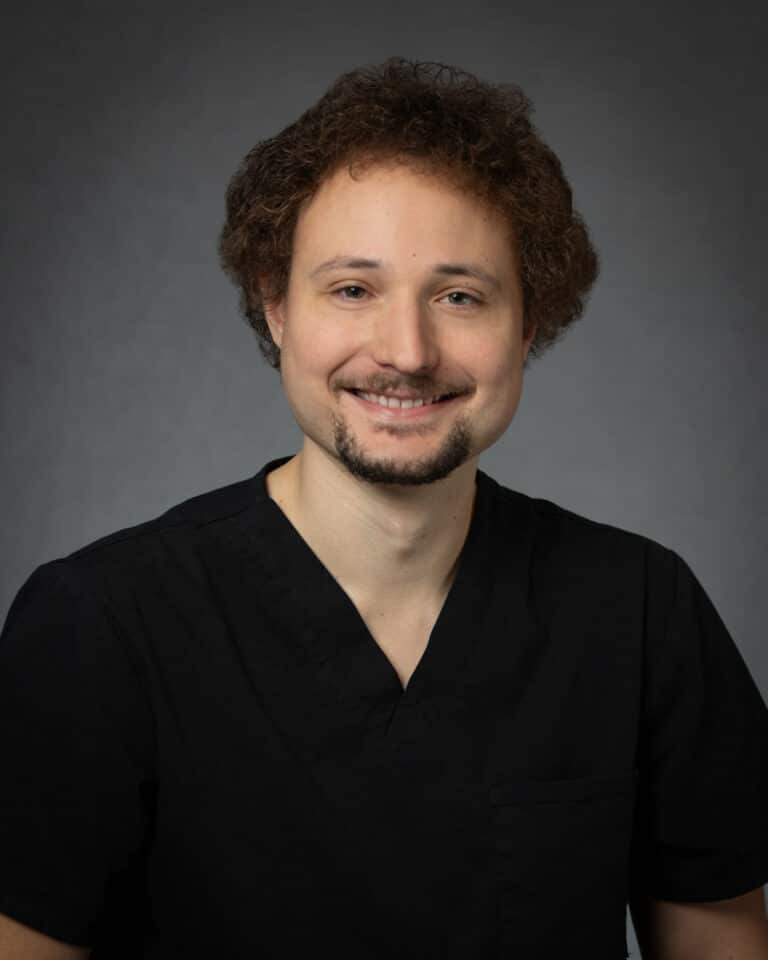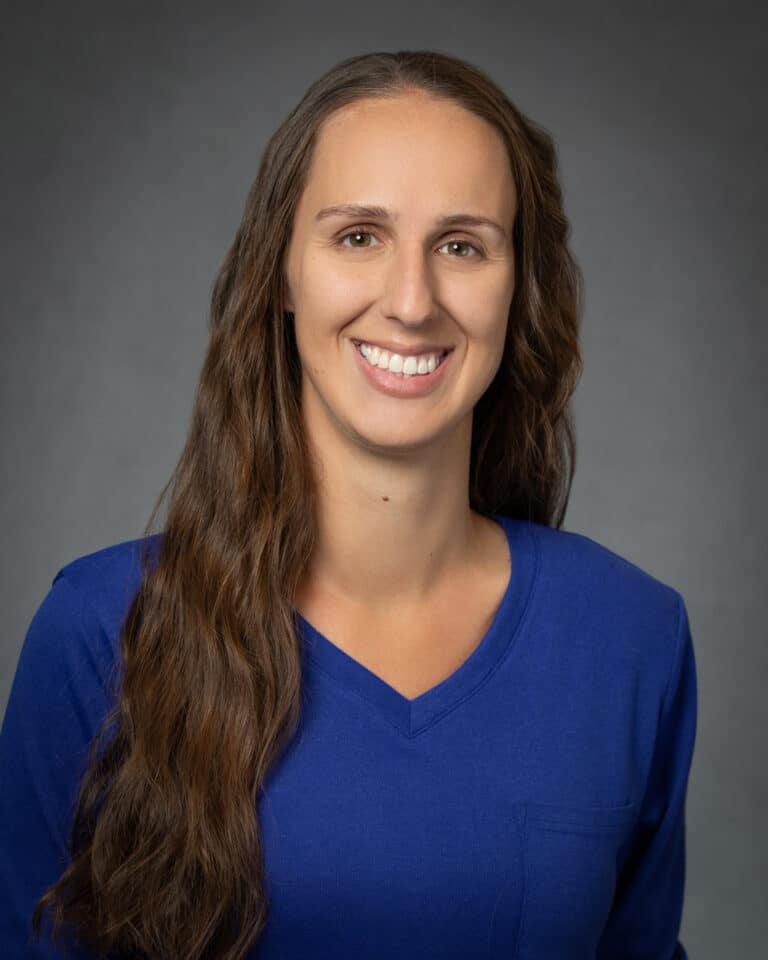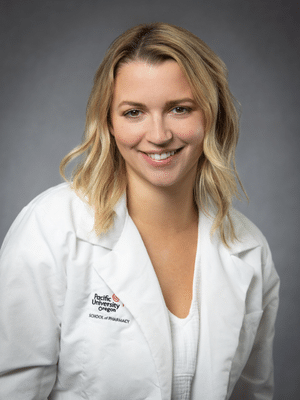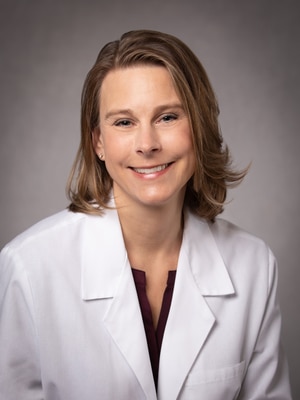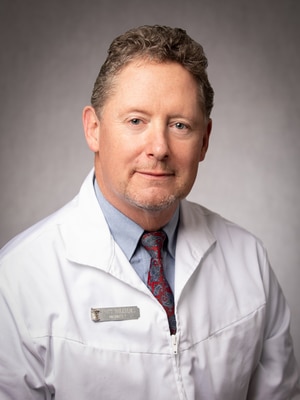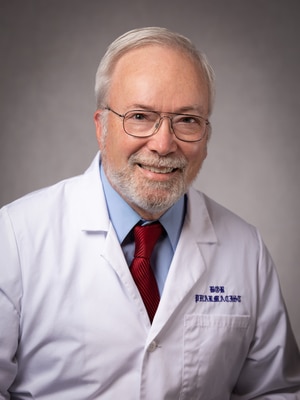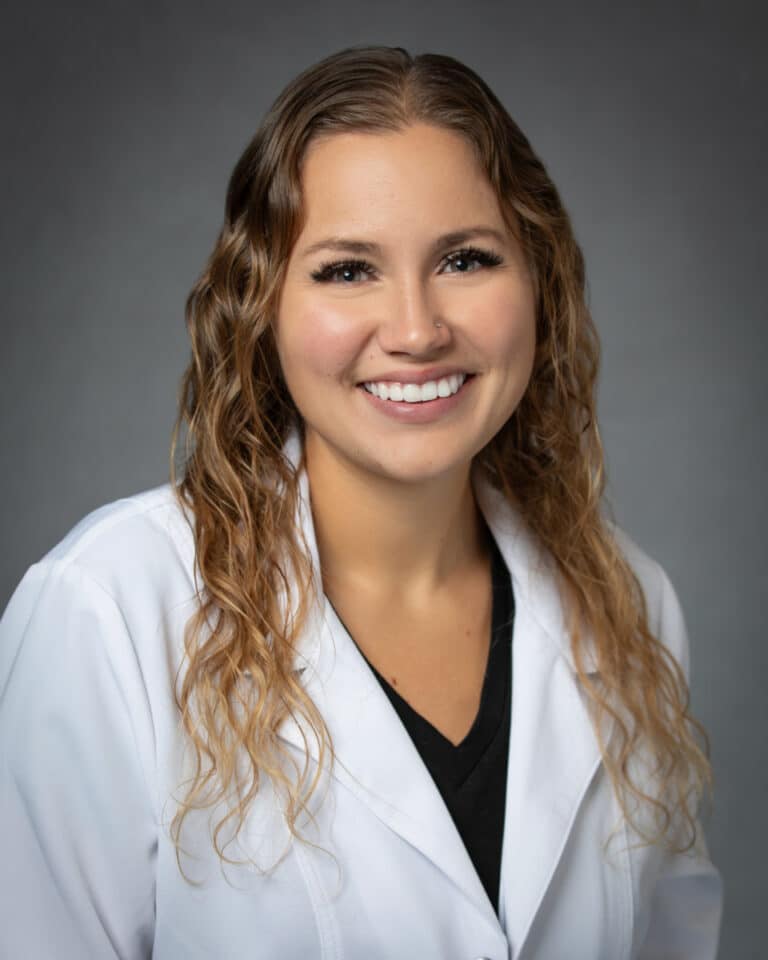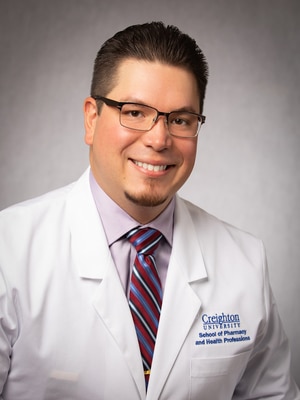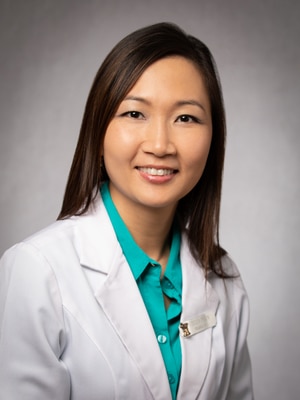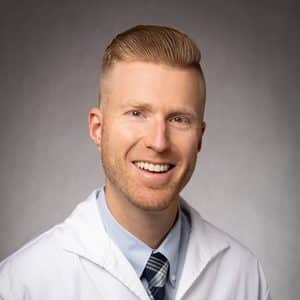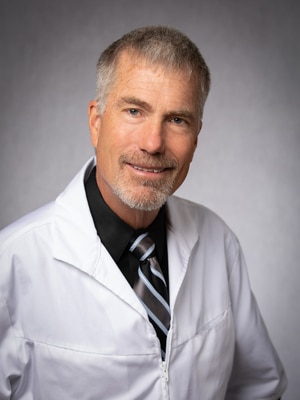The latter half of 2024 has shown that compounded GLP-1 agonists, specifically Semaglutide and Tirzepatide, are still capturing the attention of millions of American patients seeking solutions for weight loss and other health benefits. While demand for these compounded medications remains high, the regulatory framework that allows compounding pharmacies to create them has recently been challenged. The FDA, which oversees compounding practices in the United States, publishes “GFI Documents” or “Guidance for Industry Documents.” These documents guide industry compliance by stating the FDA’s interpretation and enforcement intent for specific sections of the United States Code such as the Federal Food, Drug and Cosmetic Act.
One FDA guidance document titled: “Compounded Drug Products That Are Essentially Copies of a Commercially Available Drug Product Under Section 503A of the Federal Food, Drug and Cosmetic Act” describes the market conditions that allow a traditional compounding pharmacy (“503A”) to compound “copies” of certain medications, such as Semaglutide and Tirzepatide injections, even if they are still under patent with the manufacturer. One of the market conditions described in this guidance document is the existence of a “drug shortage” as determined by the FDA. When a drug product is in shortage, the FDA does not consider it to be “commercially available,” which opens the door for compounding pharmacies to produce copies of the drug product. The FDA’s exact determination process of whether a drug product is on or off shortage is unknown to the public, perhaps intentionally to some extent. A drug product is considered “in-shortage” only when it appears on a published drug shortage list on the FDA’s website.
For approximately the past 24 months, both Semaglutide and Tirzepatide injections have been listed on the FDA’s published drug shortage list, allowing compounders to step in and provide the compounded copies that millions of patients have relied on. However, on October 2, 2024, with no official advanced warning, Tirzepatide injection was removed from the FDA’s drug shortage list, sending patients and prescribers into a panicked frenzy. Many patients and prescribers received notification from their compounding pharmacy that they would no longer be able to provide compounded Tirzepatide, leaving patients scrambling to figure out what to do. Fortunately, for millions of patients using compounded Tirzepatide in the U.S., the Outsourcing Facilities Association filed a lawsuit against the FDA. Just 9 days after Tirzepatide was removed from the drug shortage list, the FDA filed an unopposed motion requesting a stay of the court proceeding and a remand back to itself (the FDA) so the FDA could reconsider its decision to remove Tirzepatide from the shortage list. In its motion, the FDA indicated that its reconsideration may make the case moot. On October 17, 2024, the FDA issued a letter to the Chief Executive Officer of the Alliance for Pharmacy Compounding, stating that the “FDA does not intend to take action against compounders for violations arising from the conditions above” (referring to compounding copies of Tirzepatide), for the same duration and subject to the same limitations as described in the FDA’s motion and the court’s order. It is unclear how long court proceedings will last, but for now, some compounding pharmacies will continue to make compounded Tirzepatide, while others may halt production until further guidance or statements from the FDA are provided.
While Tirzepatide’s drug shortage list status hangs in the balance, some patients and prescribers are shifting focus to “compounded GLP-1 combination products.” These combination products might contain Tirzepatide (or Semaglutide) along with other ingredients such as vitamin B12, vitamin B6, Glycine, and others. Compounders who offer GLP-1 combination products are doing so under the guidance provided by the “Compounded Drug Products That Are Essentially Copies of a Commercially Available Drug Product Under Section 503A of the Federal Food, Drug and Cosmetic Act” guidance document. This document describes another market condition where it is acceptable for a compounding pharmacy to produce a “copy” of a commercially available drug product. That condition exists when “a prescriber determines that there is a change (in the compounded product), made for an identified individual patient, which produces, for that patient, a significant difference from the commercially available drug product.” The guidance document further emphasizes that if a prescriber finds that a compounded product provides a significant benefit for a specific patient over the commercially available option, they must document that determination on the prescription copy. This allowance may provide patients seeking compounded GLP-1s with a more robust, long-term solution that is indifferent to the GLP-1’s status on the FDA drug shortage list, as long as the patient’s prescriber determines that use of the compounded product over the commercial product provides a significant difference for the patient.
Many prescribers have asked our pharmacy what the FDA would consider a valid medical determination of a significant difference for a compounded product. While we cannot speak on the FDA’s behalf, the FDA states in the guidance document that the FDA “generally does not intend to question prescriber determinations that are documented in a prescription or notation.” However, it is important to note the FDA specifically identifies “financial reasons” as an invalid medical determination.
Here are some examples of medical justifications we have seen from other providers:
- Vitamin B12 can boost energy levels, improve metabolism and decrease appetite.
- Adequate levels of B12 may also lower the risk of mood disruptions that may lead to overeating or unhealthy eating habits caused by stress or emotional dieting.
- Vitamin B12 may reduce the severity of side effects related to GLP-1s, such as nausea and vomiting.
- Glycine, an essential amino acid, plays a role in the synthesis of creatine, which supports muscle growth.
- Glycine has also been shown to stimulate a gut hormone that increases insulin’s ability to remove glucose from the bloodstream.
- The nature of the compounded product allows for more precise dose titration compared to what is commercially available (vial vs. auto injector).
- The patient is allergic to a component of the commercial product that is not present in the compounded version.
In times of drug shortages, compounding pharmacies always aim to fill gaps in our healthcare system by increasing patient access to back-ordered medications. However, patients must be selective and do their due diligence when dealing with compounding pharmacies, especially those that operate exclusively online. While cost is an important factor in healthcare decisions, patients should prioritize choosing a reputable pharmacy they trust over an online pharmacy that offers the lowest price.
Special Note on Semaglutide
At the time of publishing this blog post, Semaglutide remains on the FDA’s drug shortage list. This means that compounding pharmacies can continue to compound Semaglutide injectable products until the shortage is marked as “resolved” on the FDA’s website. In discussions with industry stakeholders, some predict that the Semaglutide drug shortage will be resolved before the end of 2024 while others predict that Semaglutide could be on the drug shortage list for several more years. Only time will tell.
If you have questions about compounded GLP-1s, please give us a call at 503-352-3811 or visit our website to learn more.




